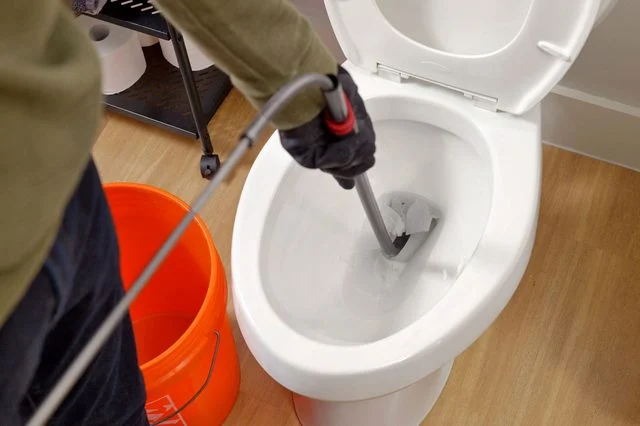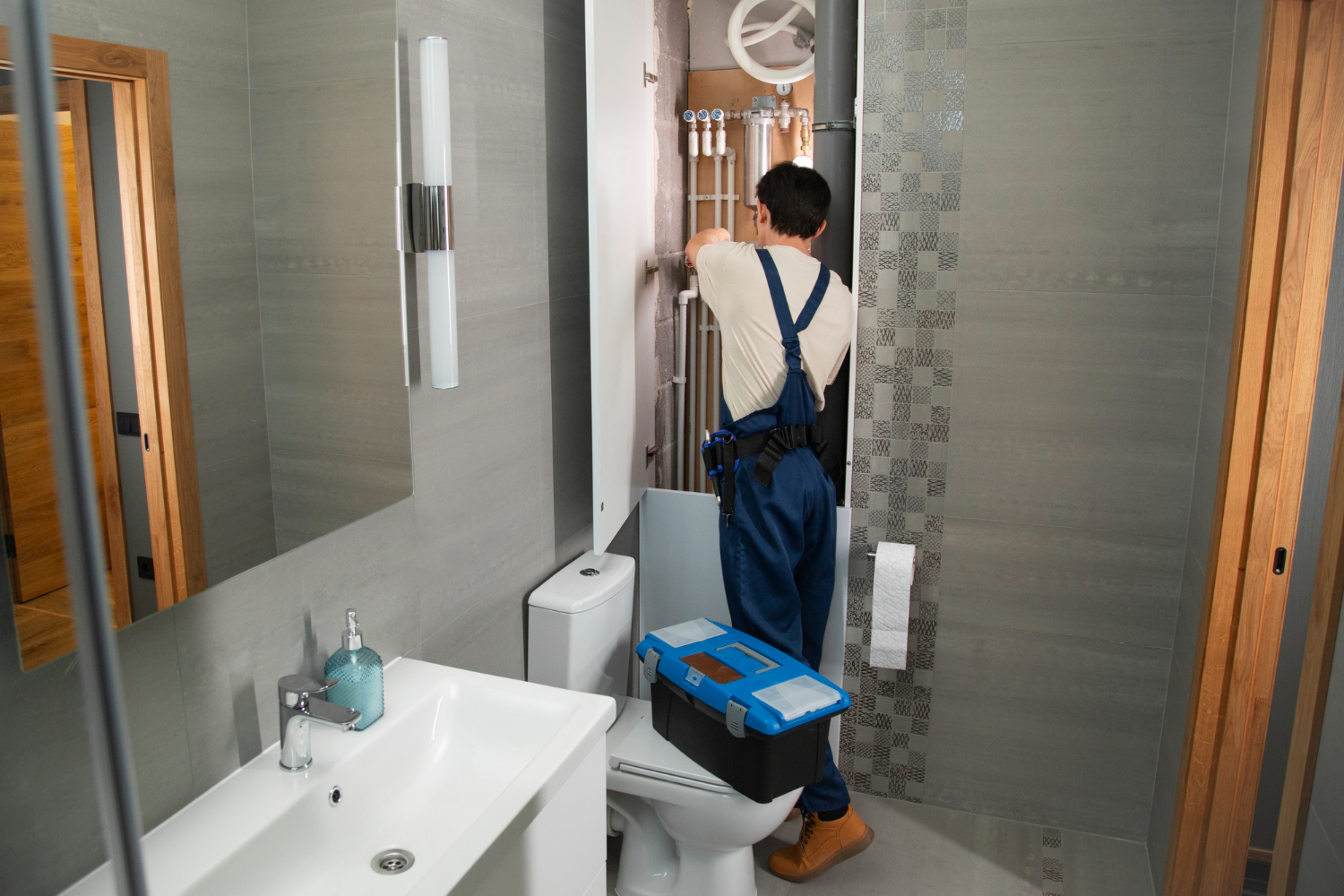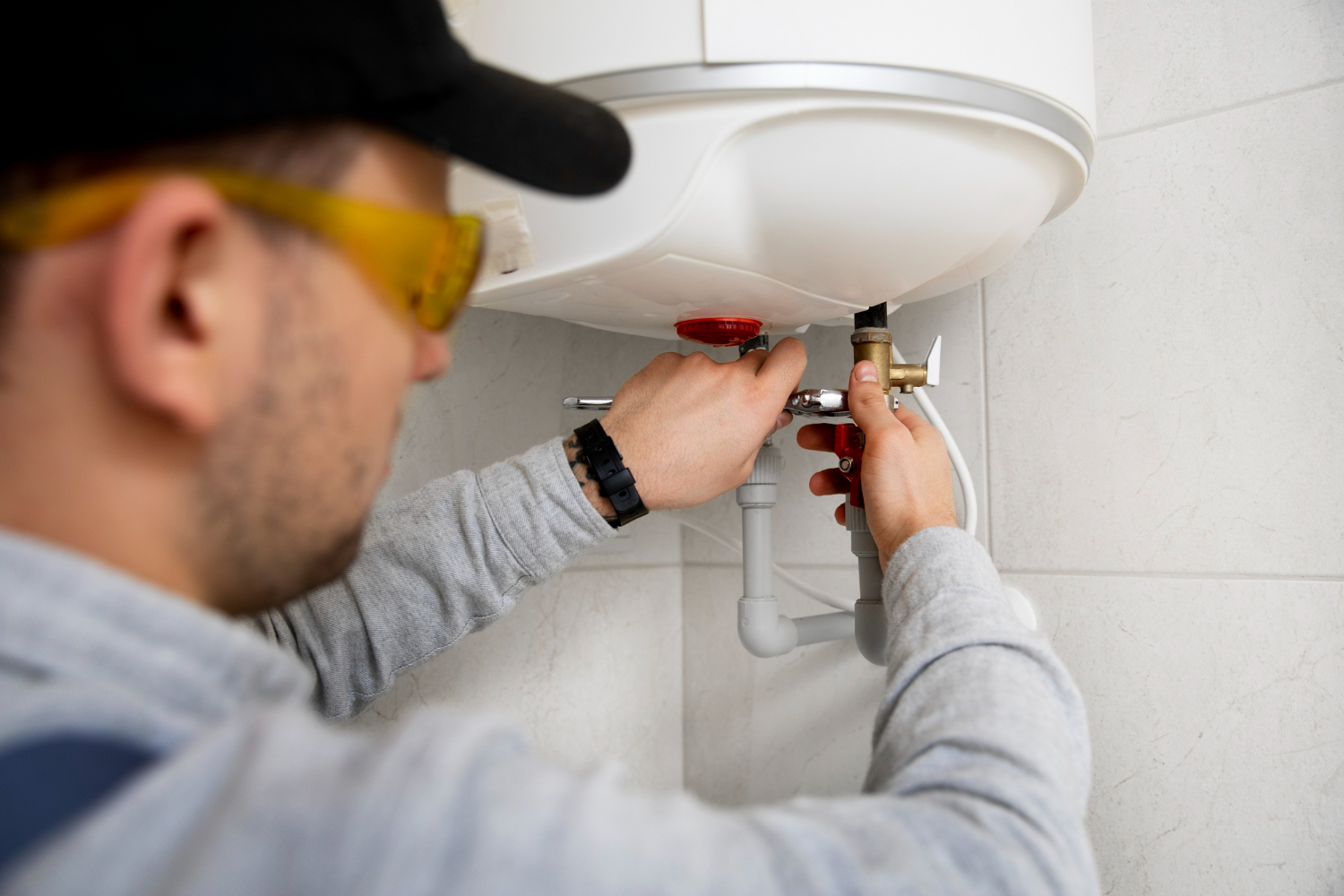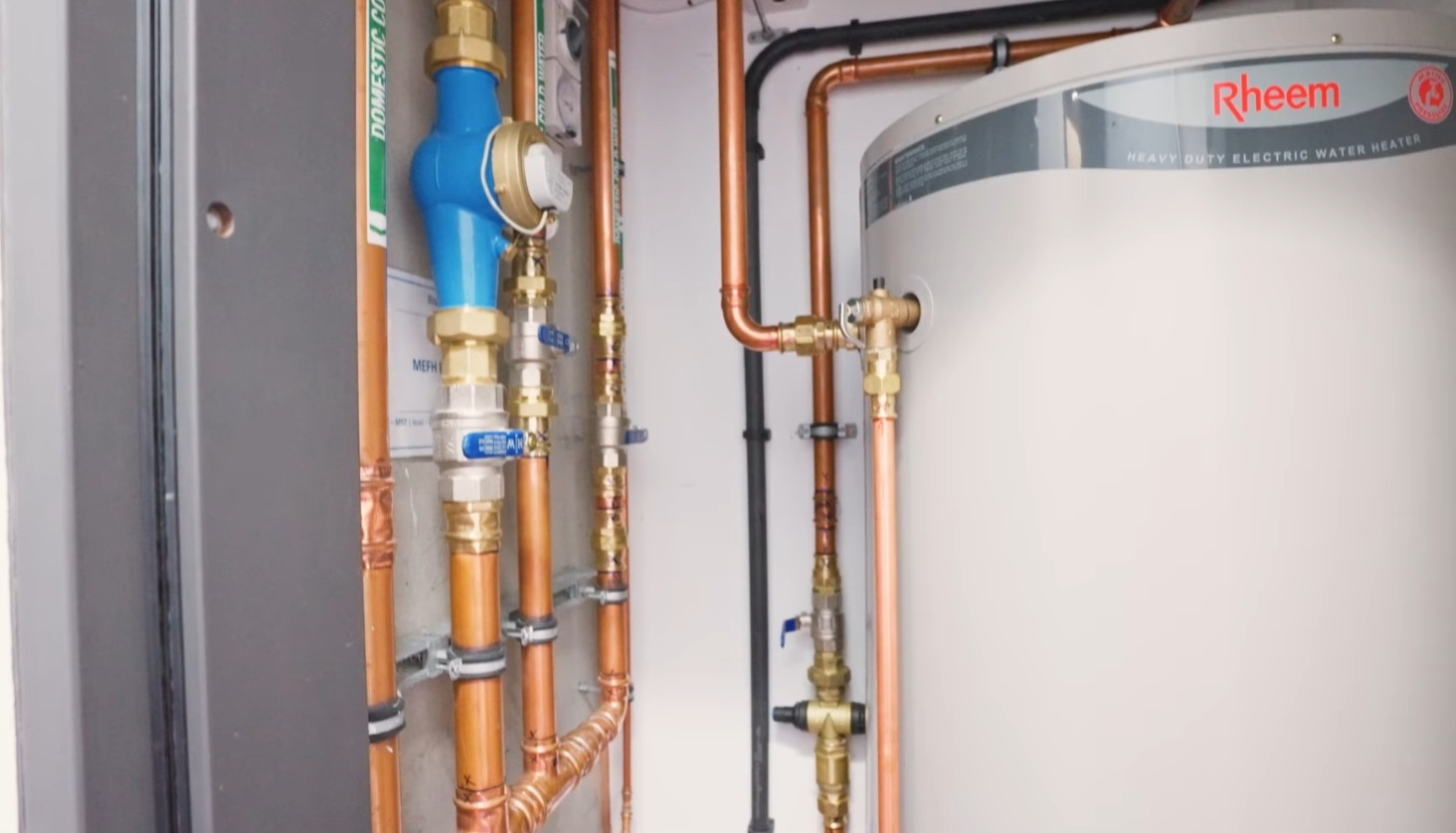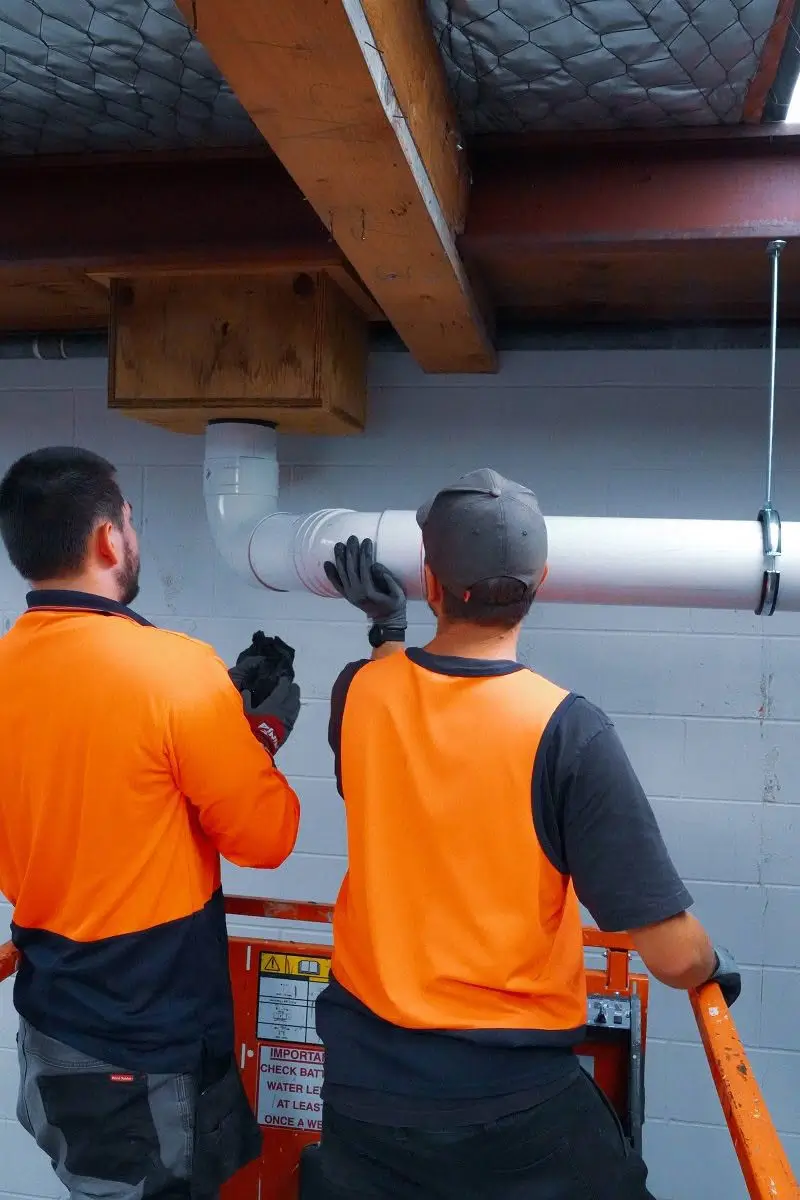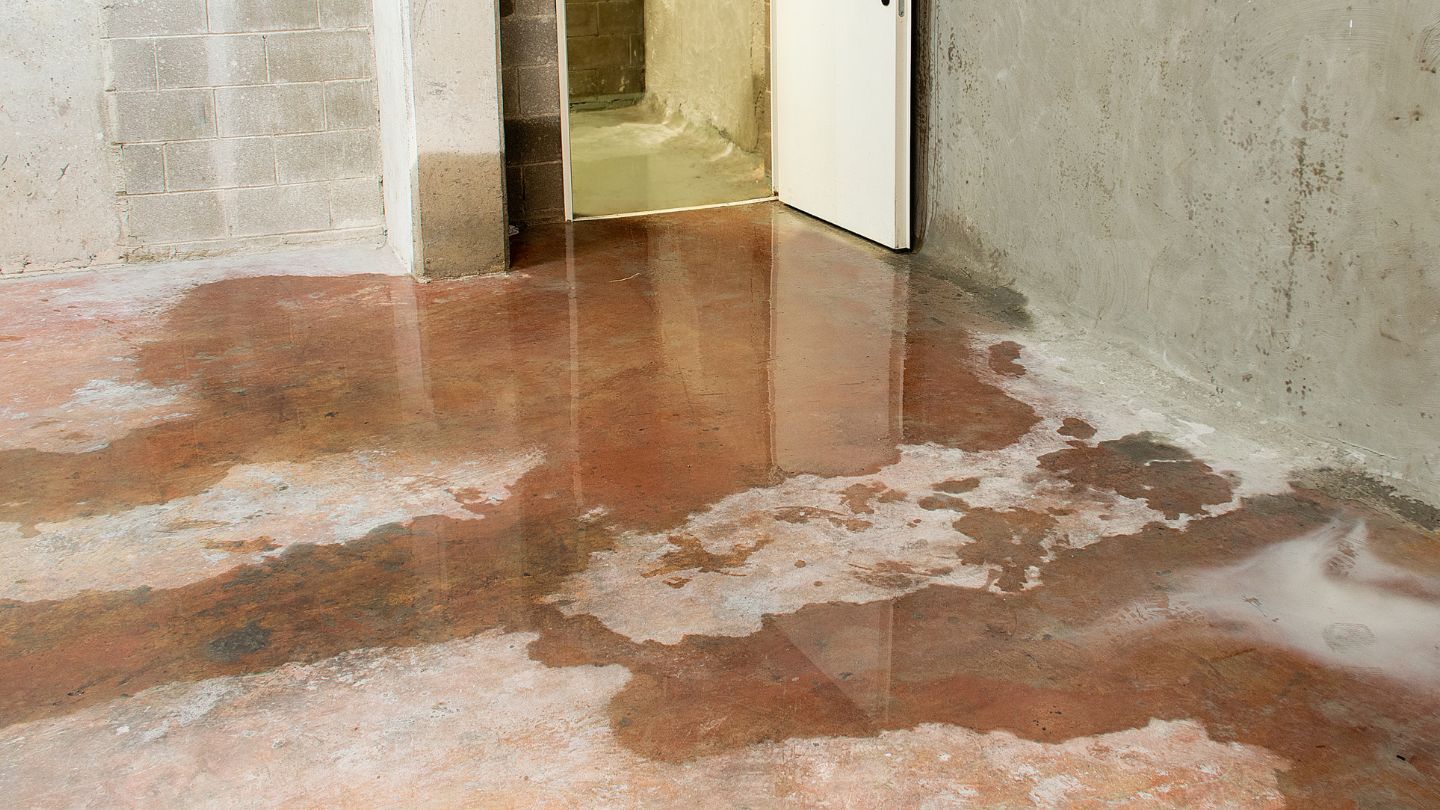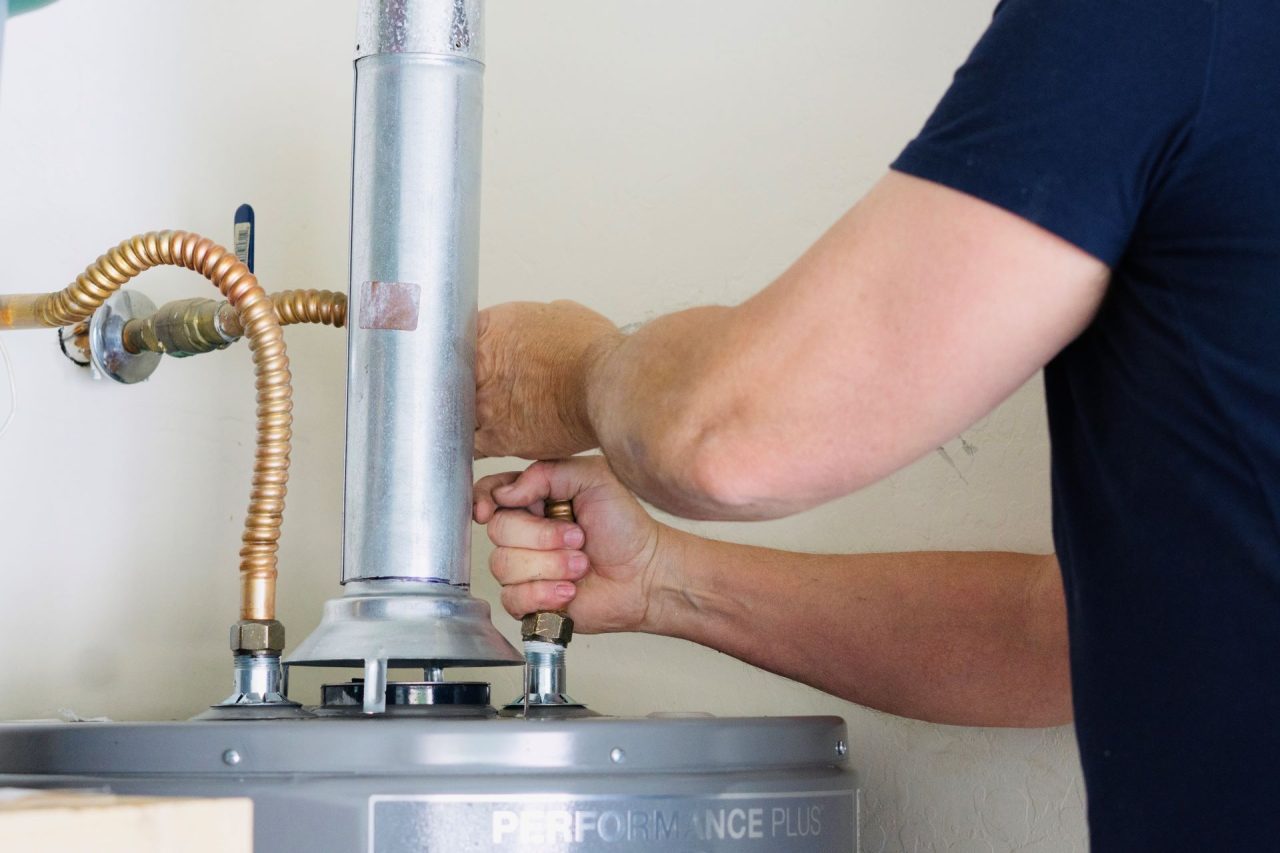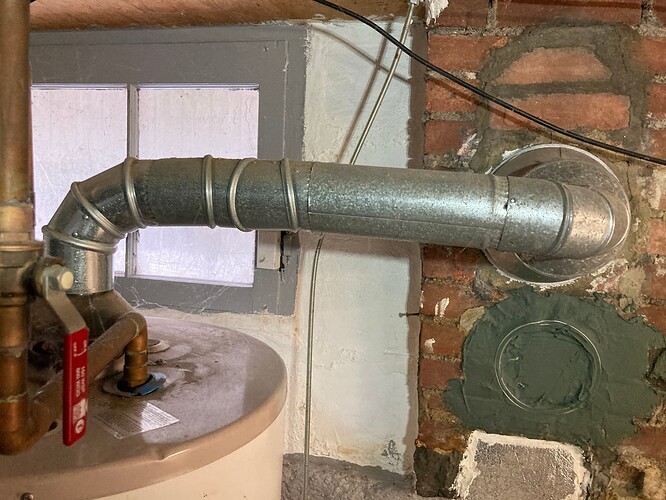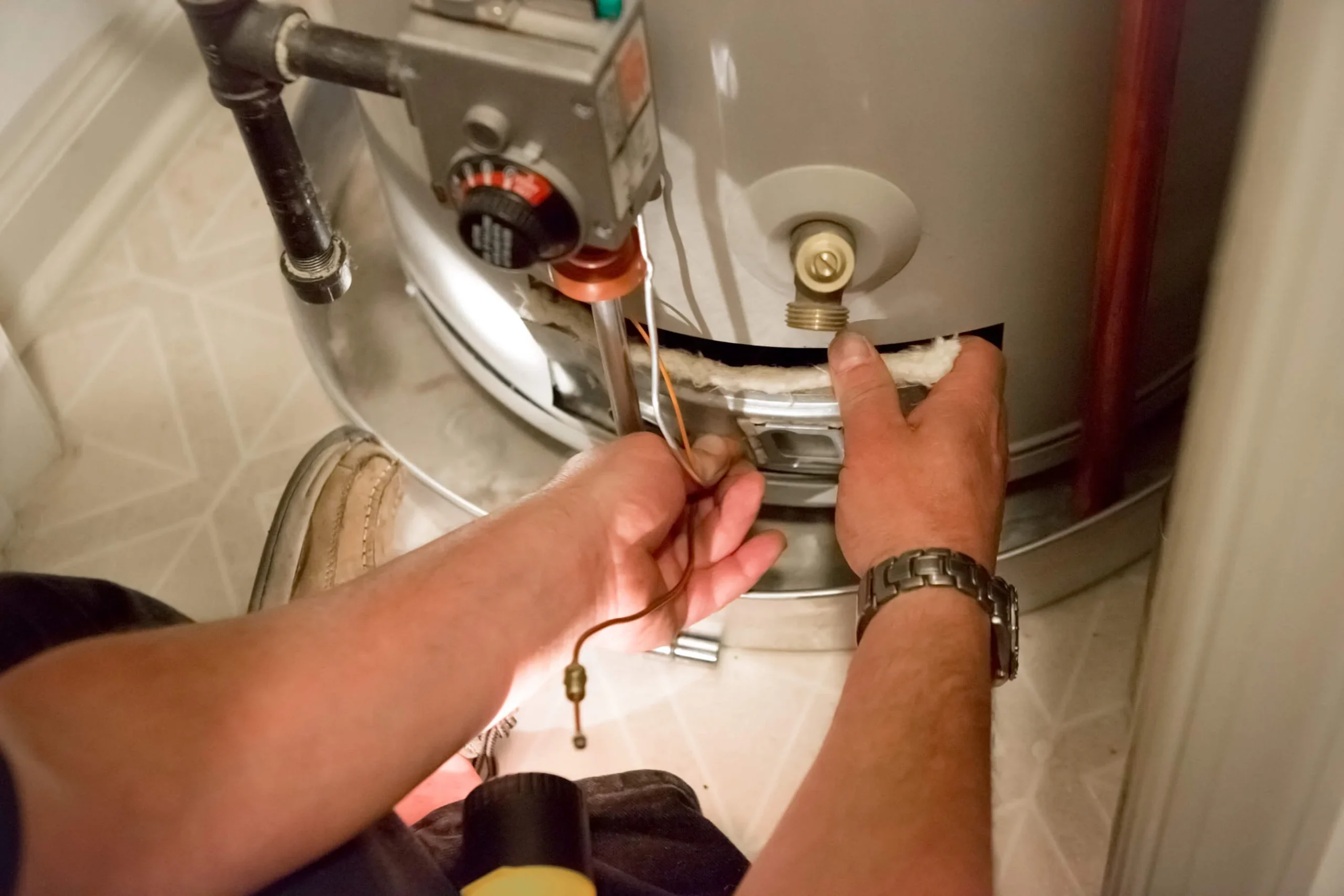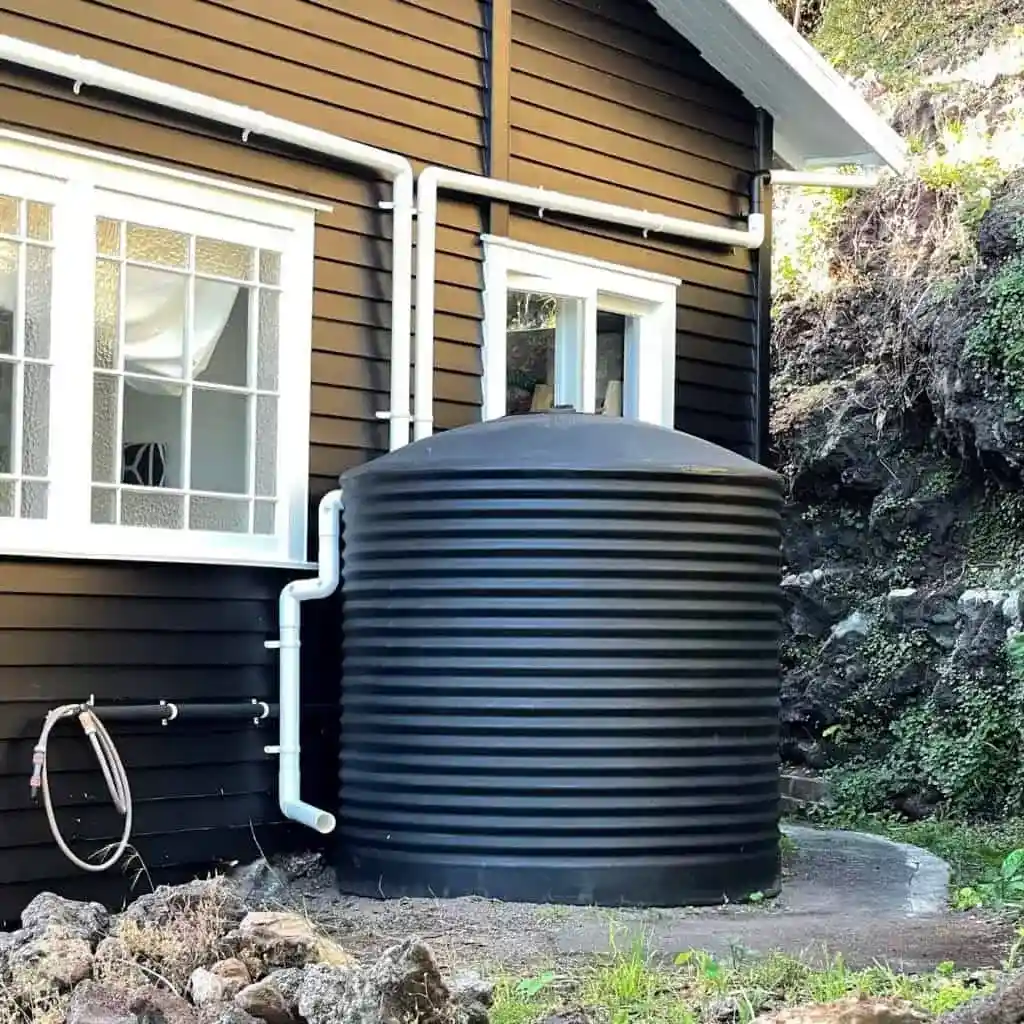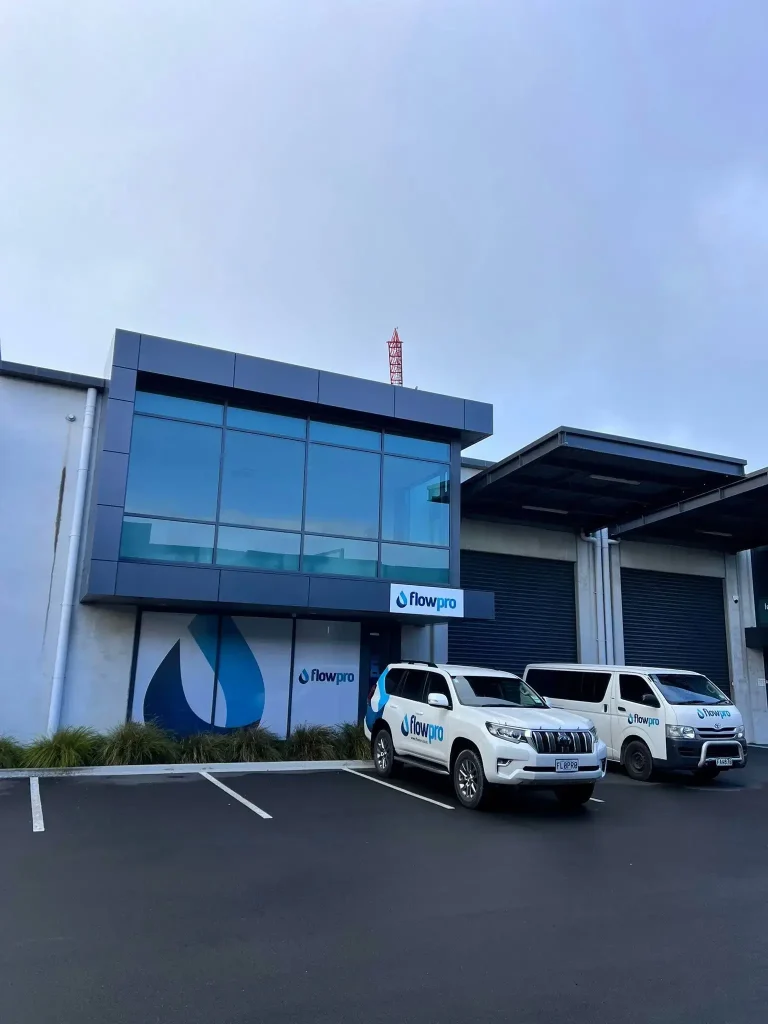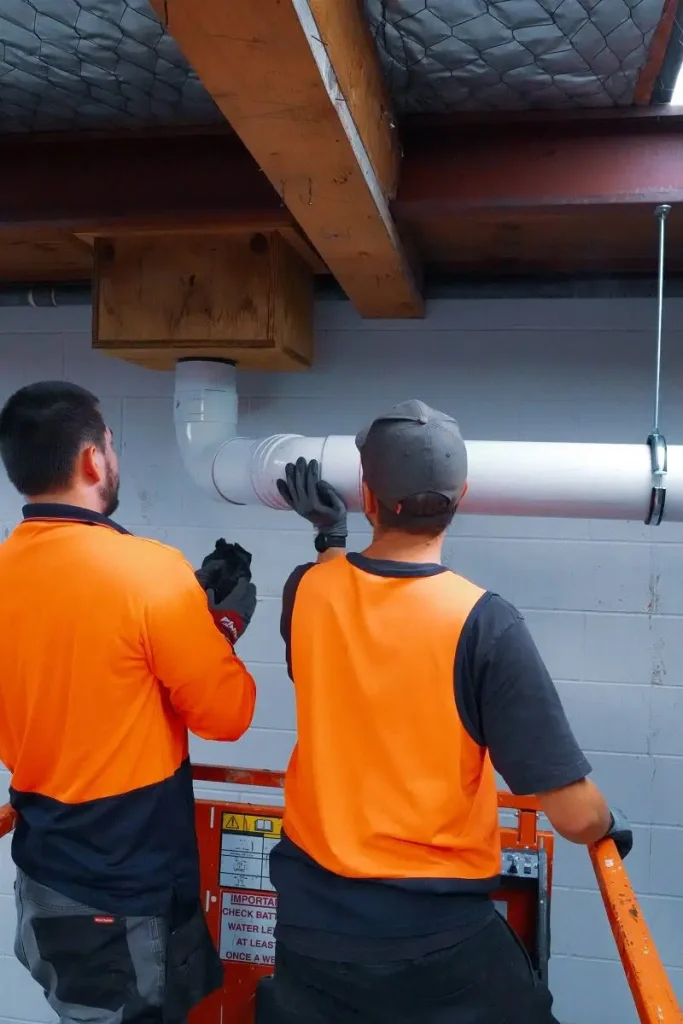You probably don’t think about your toilet drain pipe until something goes wrong, such as water starting to overflow, the bowl making gurgling noises, or the flush not clearing properly. In Auckland, where many homes have ageing plumbing, these issues are common. The good news is that most blockages can be fixed at home with a few basic tools and simple steps.
In this guide, you’ll learn how to spot the early warning signs of a clog, what equipment to have on hand, and the safest way to clean your toilet drain pipe before it turns into a bigger plumbing problem.
How a Toilet Drain Pipe Works
A toilet drain pipe carries water and waste from the toilet bowl to the main sewer line. In many Auckland homes, these pipes are made of PVC or older galvanised steel. Blockages often develop over time when items such as wipes, paper towels, or excess toilet tissue are flushed.
- If you ignore early warning signs, you risk a complete blockage.
- Most pipes in Auckland homes measure around 100 mm in diameter (enough to let typical waste through but still prone to clogs from non-flushable materials).
- A plunger is usually your first solution, but deeper clogs might need more advanced methods.
Key takeaway: The earlier you tackle a partial blockage, the less likely you’ll face a messy overflow.
Early Signs of a Toilet Drain Blockage
It’s easy to notice when your toilet is fully clogged because you’ll see immediate backups. However, the more subtle indicators of a brewing blockage can slip under your radar.
- Slow flush: If the water lingers in the bowl longer than usual, that’s your first sign of a partial clog.
- Gurgling sounds: Listen for unusual toilet noises (like air bubbles) when you flush or when other drains in the house are used.
- Frequent plunging: If you find yourself plunging the toilet more than once a week, there might be a deeper blockage.
- Foul odours: A strong, unpleasant smell from the bowl or near the drain line can point to a blockage building up.
Watching out for these hints can prevent a small issue from turning into a full-blown plumbing emergency. If you’re also facing slow drainage in your sink, check our tips on a slow draining bathroom sink not clogged. It might save you time and hassle in the long run.
Tools You Need to Clean a Toilet Drain Pipe
Before you begin, prepare the supplies you will need. Having them ready makes the job quicker and reduces the chance of extra mess.
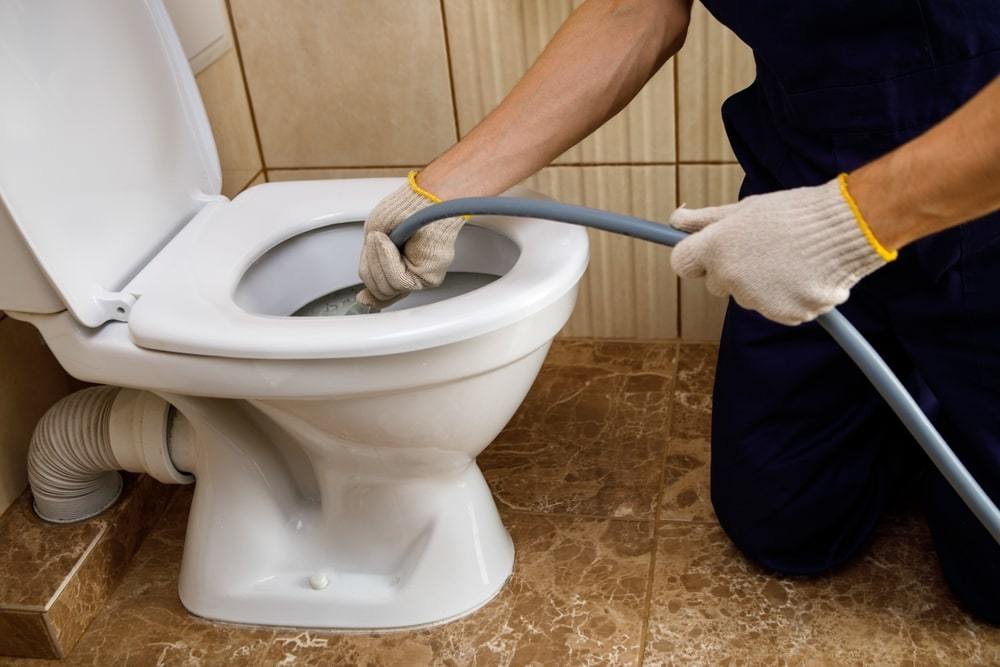
- Plunger: A good-quality plunger with a flange (the extended rubber lip) can create a tighter seal.
- Plumbing snake (auger): This flexible coil helps dislodge clogs deeper in the pipe.
- Protective gloves: Rubber gloves protect your hands from germs.
- Bucket and towels: Useful for handling excess water or cleaning up spills.
- Natural cleaners: White vinegar and baking soda can help loosen minor buildups.
- Optional safety glasses: This is mostly for peace of mind if splashing concerns you.
A plumbing survey in Auckland in 2024 found that 59% of homeowners rely mainly on a plunger when clearing toilet clogs but keep a plumbing snake available for more stubborn blockages.
Step-by-Step: How to Clean a Toilet Drain Pipe
Once you see the signs and have your tools, it’s time to get to work. Below is a step-by-step approach to how to clean toilet drain pipe blockages effectively and keep your system flowing.
Step 1: Turn off water supply
You don’t want more water flooding the bowl if something goes wrong. Locate the shut-off valve behind your toilet and turn it clockwise until it stops. If there isn’t a local valve, turn off the main water supply to your house.
Step 2: Reduce excess water in the bowl
If the bowl is nearly full, you can remove some water with a small container or use a wet/dry vacuum if you have one. A less full bowl means fewer messes if things splash or overflow.
Step 3: Use a plunger
- Position the plunger to create a firm seal over the drain hole in the bowl.
- Give several steady thrusts, making sure you keep the seal tight.
- Pull up gently after each thrust, then push back down in a rhythmic motion.
You’ll often feel the blockage loosen. If the water starts to drain, flush once to see if the pipe is clear. Don’t flush repeatedly (this can overflow the toilet).
Step 4: Try a plumbing snake
If plunging doesn’t fully resolve the issue, a plumbing snake could be your hero:
- Feed the snake’s tip into the drain opening slowly.
- Turn the handle clockwise as you apply gentle pressure—more torque can help guide the snake through tight turns in older Auckland drains.
- Continue feeding until you feel resistance, then twist and push. You may need to pull back periodically to clear any debris caught on the snake.
- Once the clog dislodges (you’ll notice less resistance), remove the snake and flush to check.
This method can handle many tough blockages, from wipes to small foreign objects.
Step 5: Flush with a natural cleaner
If water flows smoothly again, flushing your drain line with hot water and vinegar can help remove lingering residue:
- Boil about two litres of water.
- Allow it to cool slightly (very hot but not boiling water is safer for older pipes).
- Mix in one cup of white vinegar.
- Slowly pour the mixture down the toilet while flushing.
This extra step can help clear minor buildup and deodorise the bowl.
Step 6: Return water flow
Once you’ve verified the clog is gone, turn the toilet’s water supply back on. Flush a couple more times to confirm everything is moving smoothly.
How to Prevent Future Toilet Drain Blockages
The best solution is prevention. By following a few simple routines, you can reduce the chance of recurring blockages in your toilet drain.
- Only flush toilet paper: Items like wipes, paper towels, and sanitary products do not break down easily and can clog pipes.
- Avoid flushing food scraps: Do not flush leftover food or thick toilet paper. Dispose of them in the bin or compost instead.
- Do regular maintenance: Once a month, flush the toilet with a cup of white vinegar and warm water. This helps limit scale buildup and bacteria.
- Monitor water levels: If the bowl level rises slowly or sits higher than normal after flushing, inspect promptly.
- Check other drains: Toilets are not the only fixtures that clog. If you see similar issues in basement drains, read basement floor drain clogged for more targeted guidance.
A property management group in Auckland found that consistent monthly checks reduced plumbing callouts by 30%. Small steps like these, along with help from professional drain unblockers in Auckland when needed, can save you time, money, and inconvenience.
Frequently Asked Questions
- Why does my toilet clog so often?
Frequent clogs usually mean non-flushable items like wipes or nappies are getting stuck. Older or narrow pipes in Auckland homes can also cause repeated blockages, which may require a professional inspection. - Should I use chemical drain cleaners?
Chemical cleaners can damage older pipes and are harmful to the environment. It’s safer to start with plunging, a snake, or baking soda and vinegar. - What if I can’t unclog the toilet myself?
If plunging, snaking, and natural cleaners don’t work, the blockage is likely deeper in the system. At that point, it’s best to call a plumber to avoid further damage. - Is it normal for the toilet to bubble or gurgle?
Bubbling often means air is trapped due to a partial clog or vent pipe issue. If it continues after clearing the toilet, have the vent inspected. - Why does my toilet smell bad?
Bad smells can come from a partial blockage, a damaged seal, or sewer gas leaks. Cleaning the drain and checking the toilet base usually solves the problem.
Get Expert Help with Toilet Drain Problems!
Basic steps like plunging, using a snake, or flushing with hot water and vinegar can often clear a toilet drain. Regular maintenance helps reduce the risk of future blockages, but recurring or severe issues usually require professional attention.
Flowpro Plumbers & Gasfitters provide reliable plumbing services across Auckland, handling toilet blockages and wider drainage problems.
Call 0980 249 84 or email plumbing@flowpro.co.nz to book a service and have your plumbing restored by experienced professionals.
